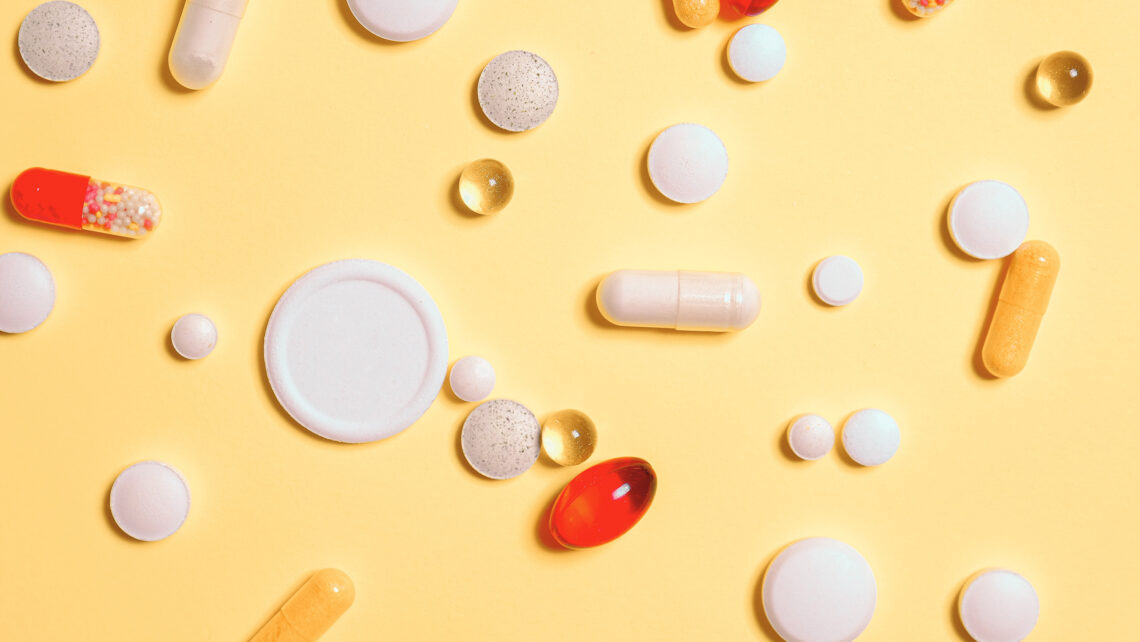
Estrogens: What are they, what is their function and what benefits can they bring?
Índice
- 1 What are oestrogens?
- 2 What is the role of oestrogens?
- 3 What are normal oestrogen levels?
- 4 What types of oestrogen can we find?
- 5 How does the application of oestrogen influence assisted reproduction treatment?
- 6 When and how do we supply oestrogen?
- 7 What are the advantages and disadvantages of the use of oestrogen in fertility treatment?
What are oestrogens?
They are also sex hormones, along with progestogens and androgens. They come from the cholesterol’ s metabolism and are produced mainly in the ovaries and placenta, and, in smaller quantities in the adrenal glands.
What is the role of oestrogens?
Estrogens influence countless organs and tissues. Its main action occurs in the endometrium, breasts and ovaries, inducing cell proliferation. It plays a main role in the development of secondary sexual characteristics, and in menarche. In the menstrual cycle, it promotes the growth of the endometrium preparing it for the embryo implantation. It also has a preventive effect on cerebrovascular disease, and one of its functions is to modulate the metabolism of fats and cholesterol. It also influences the fat body distribution characteristic of women. At bone level, it favours bone production and prevents osteoporosis.
What are normal oestrogen levels?
Its levels may vary according to the time of the menstrual cycle, and its highest concentration occurs during follicular development (increases from 200pg / ml to 400pg / ml), to decrease slightly at the time of ovulation and increase again in the phase luteal. At baseline it is around 50pg / ml. During pregnancy, estradiol levels rise steadily (3,000pg / ml at week 12, 9,000pg / ml at week 20, and 14,000pg / ml at the end of pregnancy)
What types of oestrogen can we find?
Estrogens are synthesized by the aromatase enzyme from androgens, and are mainly:
- Estrone: synthesized from progesterone.
- Estradiol: produced from testosterone.
- Estriol: coming from androsterone.
How does the application of oestrogen influence assisted reproduction treatment?
In IVF cycles, we use estrogens mainly to prepare the endometrium for embryo transfer. They are used in the follicular phase to grow the endometrium, and it is maintained until fetus and placenta produce enough estradiol to maintain the pregnancy.
Sometimes it can also be used for cycle programming, both in vitro fertilization and fertility preservation.
When and how do we supply oestrogen?
We supply estrogens mainly oral (in pill form) and transdermally (in patches). There are numerous commercial presentations depending on the dose, which must be customized based on the individual response.
There is also vaginal and even intramuscular administration.
What are the advantages and disadvantages of the use of oestrogen in fertility treatment?
Administration of estrogens allows us to control the growth of the endometrium in embryo transfers, whether with own vitrified embryos, in egg donation and embryo adoption. As a contraindication to its use, a history of hormone-associated cancers (breast cancer, endometrial cancer, etc.) and a history of thrombosis must be taken into account.
Dr Cristina Gavilán, a gynaecologist at Instituto Bernabeu.
IT MAY ALSO BE OF INTEREST TO YOU
- Gestagens: progesterone and derivates
- In Vitro Fertilization (IVF)
- Progesterone and its role in reproduction
- Fertility Treatment Medication
